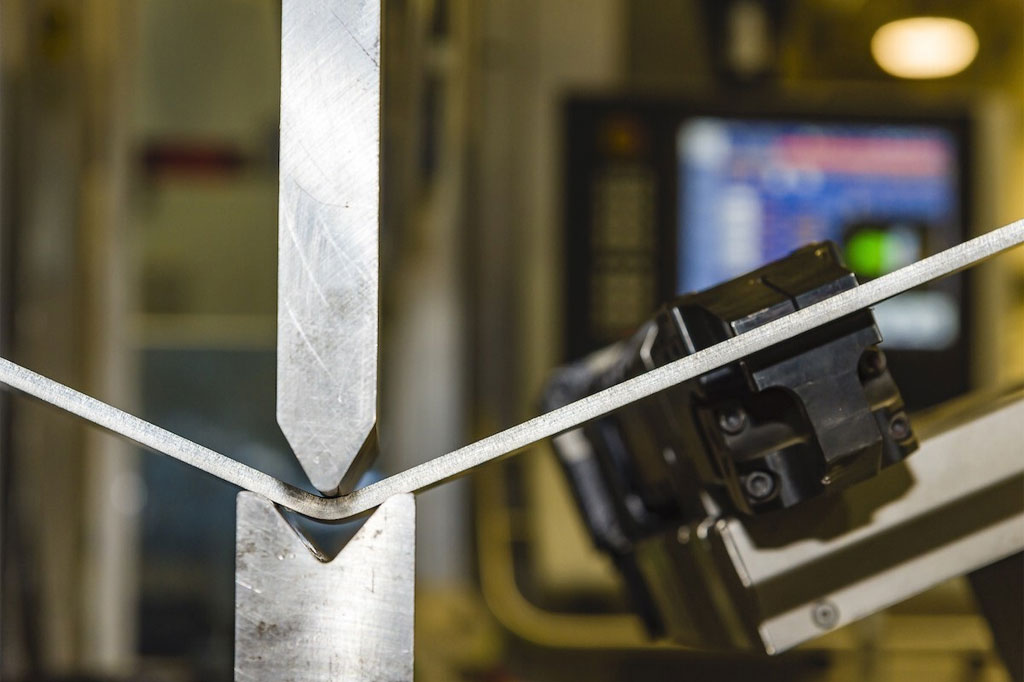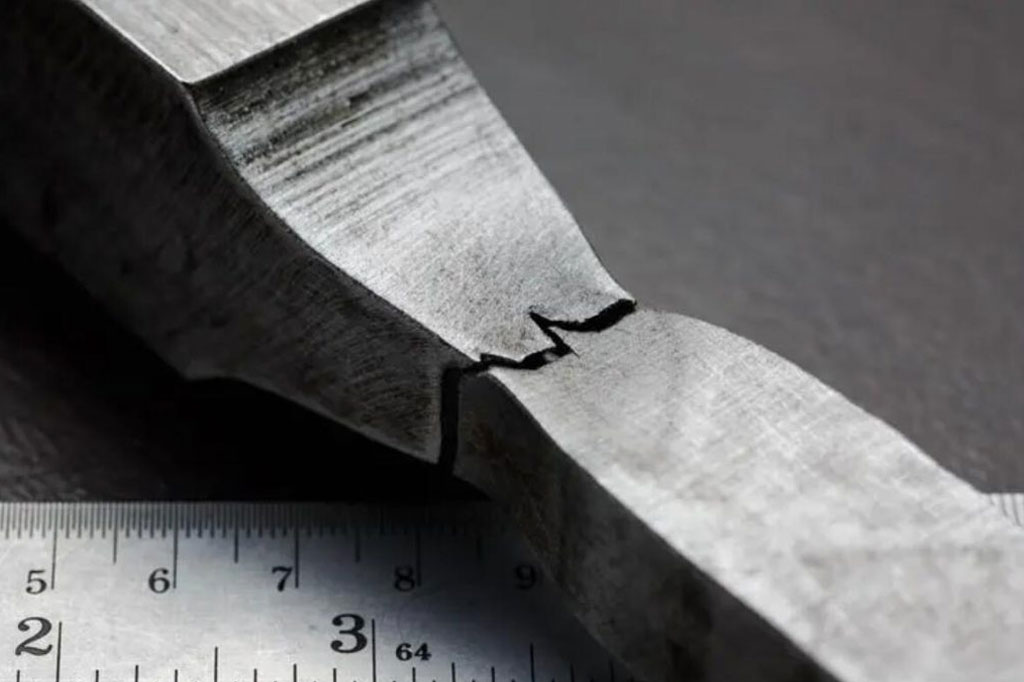When it comes to engineering and manufacturing, understanding the strength of materials is crucial for choosing the right metal for a specific application.
Metal strength refers to a material’s capacity to endure an applied force without failing or permanently changing shape.
This strength can be broken down into different types, each serving specific needs in construction, automotive, aerospace, and other industries.
The metal strength chart offers essential information about the properties of different metals, enabling engineers and designers to make well-informed material choices.
Types of Metal Strength

Metal strength is usually categorized by several key properties:
Tensile Strength (Ultimate Strength)
Tensile strength is the maximum amount of stress or force a material can endure while being stretched, pulled, or deformed before it ultimately breaks or fractures, indicating its durability and resistance. It’s a critical factor when selecting materials for applications that will undergo pulling forces, such as cables and structural components.
Units: Pounds per square inch (psi) or megapascals (MPa).
Yield Strength
Yield strength refers to the stress at which a material begins to deform plastically. Below this threshold, the material will revert to its original shape once the applied load or force is removed, maintaining its structural integrity. However, once the material reaches yield strength, it will remain deformed. This property is especially important for components that must resist permanent deformation.
Units: psi or MPa.
Compressive Strength
This refers to a material’s ability to withstand compressive (squeezing) forces without failing. Compressive strength is vital for materials used in structural applications where compression forces are common, like in columns or pillars.
Units: psi or MPa.
Shear Strength
Shear strength is the ability of a material to resist forces that cause the internal structure to slide against itself. This property is crucial for materials used in bolts, rivets, and other fastening applications.
Units: psi or MPa.
Hardness
Hardness measures a material’s resistance to indentation, scratching, or abrasion. It is often tested with methods like the Rockwell, Brinell, or Vickers scales. Hardness is vital for materials that experience wear and tear, such as gears, cutting tools, and bearings.
Units: Varies by test method (e.g., Rockwell C, Brinell, Vickers).
Impact Strength (Toughness)
Impact strength, or toughness, refers to a material’s capacity to absorb energy and undergo deformation without fracturing when exposed to sudden or impact forces. It’s vital for materials used in environments with frequent impact loads, such as construction or automotive components.
Units: Joules (J) or foot-pounds (ft-lbs).

Metal Strength Chart
Here is a typical metal strength chart showing the tensile strength, yield strength, and other properties of common metals:
| Metal Type | Tensile Strength (MPa) | Yield Strength (MPa) | Hardness (Brinell) | Compressive Strength (MPa) | Shear Strength (MPa) |
|---|---|---|---|---|---|
| Steel (Mild) | 350-550 | 250-350 | 120-180 | 250-350 | 150-250 |
| Stainless Steel | 500-700 | 300-500 | 160-230 | 300-500 | 200-300 |
| Aluminum (6061) | 250-310 | 200-250 | 70-110 | 200-250 | 130-180 |
| Titanium | 600-900 | 500-700 | 200-300 | 600-900 | 300-500 |
| Copper | 210-350 | 70-150 | 35-70 | 210-350 | 80-150 |
| Brass | 350-550 | 150-250 | 60-150 | 250-350 | 100-200 |
| Bronze | 450-700 | 300-500 | 90-180 | 450-700 | 200-300 |
Factors Affecting Metal Strength
Several factors influence the strength of a metal:
- Alloying Elements: The addition of elements like carbon, chromium, and nickel can significantly alter the properties of the base metal, increasing strength, hardness, and corrosion resistance.
- Heat Treatment: Processes like quenching and tempering can modify the internal structure of metals, making them stronger and more durable.
- Temperature: The strength of metals can vary with temperature. For instance, many metals weaken at elevated temperatures, making them unsuitable for high-heat environments unless specifically designed for such conditions.
- Processing Methods: The way a metal is fabricated, such as through forging, casting, or extrusion, can influence its strength.

